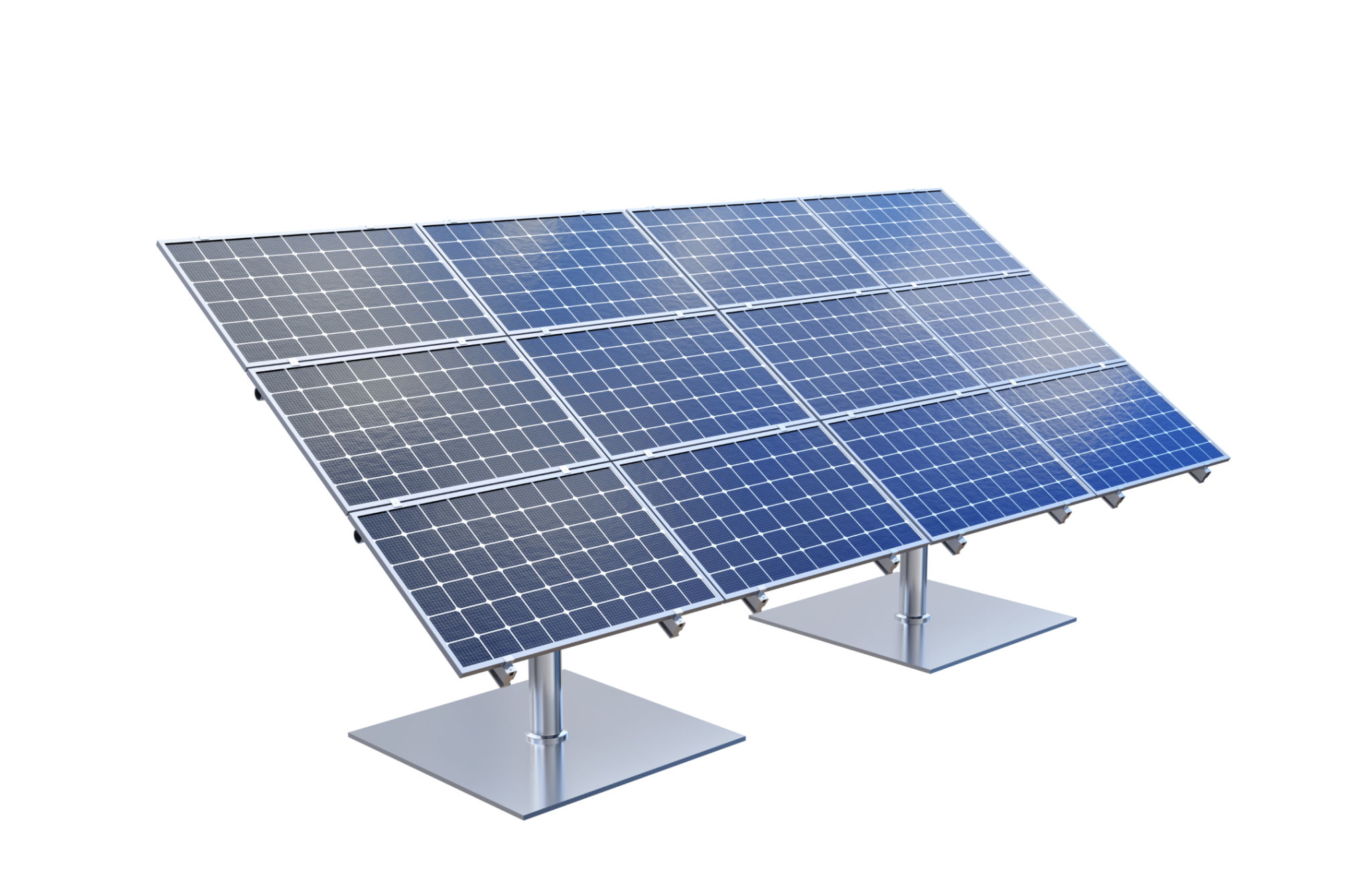Preparing for Summer: How to Optimize Power Assets for Peak Demand
Understanding Peak Demand in Summer
As the summer months approach, energy consumption patterns undergo a significant shift. With temperatures rising, the demand for electricity soars, primarily due to increased usage of air conditioning and cooling systems. It's crucial for both individuals and businesses to prepare their power assets to handle this peak demand efficiently.

Peak demand refers to the times when the demand for electricity is at its highest. During summer, this often occurs in the late afternoon and early evening when temperatures are at their peak. Managing this demand not only helps avoid potential blackouts but also plays a role in reducing energy costs.
Assessing Your Current Power Assets
Before optimizing power assets, it’s essential to conduct a thorough assessment of your current systems. This includes evaluating everything from the efficiency of your HVAC systems to the condition of generators and solar panels if applicable. Regular maintenance checks are key to ensuring that all equipment is in top working order.
Consider conducting an energy audit to identify areas where efficiency can be improved. An audit can reveal outdated equipment that consumes more power than necessary, suggesting opportunities for upgrades or replacements that could lead to significant savings.
Implementing Smart Energy Management Systems
Smart energy management systems can be a game-changer when preparing for summer's peak demand. These systems allow you to monitor and control energy usage in real-time, providing insights into consumption patterns and helping to pinpoint areas for improvement.

By integrating smart thermostats, automated lighting, and advanced metering infrastructure, businesses can significantly reduce waste and enhance efficiency. These systems enable automated responses to energy demand, such as adjusting temperatures or dimming lights during peak periods.
Maximizing Renewable Energy Sources
Leveraging renewable energy sources such as solar panels can be particularly beneficial during summer months when sunlight is abundant. Ensure that solar panels are clean and functioning optimally to harness maximum energy from the sun.
Additionally, consider investing in energy storage solutions like batteries that can store excess energy generated during the day for use during peak times. This approach not only reduces reliance on the grid but also minimizes utility bills.

Encouraging Energy-Saving Practices
Promoting energy-saving habits among employees or household members can further reduce power consumption during peak periods. Simple actions like turning off unused devices, using energy-efficient appliances, and setting air conditioners to a moderate temperature can collectively make a significant impact.
- Encourage the use of blinds or curtains to reduce heat from sunlight.
- Schedule heavy-duty appliances like washers and dryers to run during off-peak hours.
- Promote regular maintenance of HVAC systems to ensure they operate efficiently.
Collaborating with Utility Providers
Lastly, collaborating with utility providers can offer additional benefits. Many providers offer incentive programs for reducing demand during peak times, such as demand response programs where participants are rewarded for lowering their energy usage on request.
Stay informed about any programs your provider offers and consider participating as a way to not only save on costs but also contribute to broader efforts in stabilizing the grid during high-demand periods.
Preparing for summer by optimizing your power assets is an essential step towards ensuring efficiency and cost-effectiveness during peak demand times. With strategic planning and proactive measures, you can enjoy a comfortable summer while minimizing your environmental impact and energy expenses.
